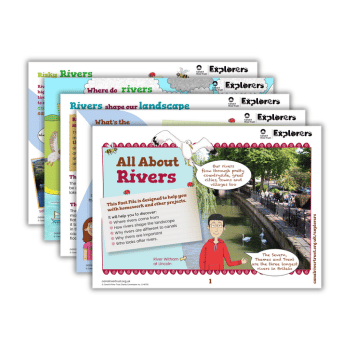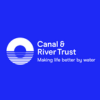This resource all about rivers for KS2 is from The Canal & River Trust. It will help pupils discover:
- the features of a river
- why they are important
- what we use them for
- who looks after them
- what happens when rivers flood
Facts about rivers for KS2
What’s the difference between rivers and canals?
Rivers are natural. They are formed at a source such as a natural spring or a glacier and flow down the land to the sea. Canals are built by people to carry goods by boat from one place to another.
Where do rivers come from?
All rivers begin at a source. Little streams feed into bigger streams (tributaries), tributaries feed into rivers, and small rivers feed into large rivers.
Rivers have three sections: upper, middle and lower courses. The upper course is fast-flowing with strong currents. The middle course loses energy and flows more slowly. The lower course has the least energy so it is slow and smooth.
The Canal & River Trust is a charity that looks after 2,000 miles of waterways, and ‘Explorers’ is the Trust’s education programme aimed at children aged 5-11. Find out more at canalrivertrust.org.uk/explorers. You can also follow on Twitter at @canalrivertrust. See a similar resource all about canals for KS2.














